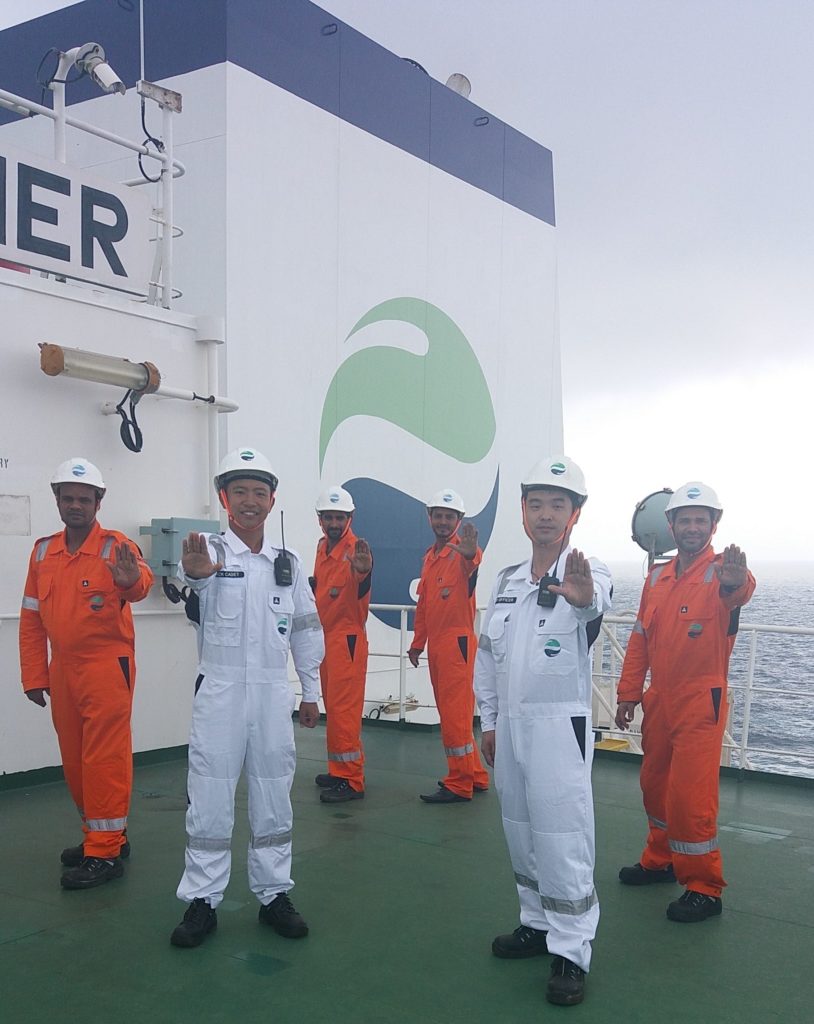Governance
Maintaining control & mitigating risk
Risk Management
Hafnia’s results are dependent on the market for worldwide transportation of refined oil products. Hafnia’s activities expose the company to a variety of financial risks: market risk (including price risk and currency risk), interest rate risk, credit risk, liquidity risk and capital risk. Hafnia’s overall risk management program focuses on the unpredictability of financial markets and seeks to minimise potential adverse effects on Hafnia’s financial performance.
Hafnia is exposed to various market, operational, and financial risks. The most significant risks are set out in the listing prospectus issued in November 2019. That document and other information on risks are available on the company’s website at hafniabw.com.
Hafnia Limited and its activities are primarily governed by the Bermuda Companies Act, its Memorandum of Association and its Bye-laws. Certain aspects of Hafnia’s activities are governed by Norwegian law pursuant. In particular, the Norwegian Securities Trading Act and the Norwegian Stock Exchange Regulations will generally apply.
Market Risk Management
The shipping market can be subject to significant fluctuations. Hafnia’s chartering strategy is to secure fixed income employment for a portion of its fleet. Hafnia’s vessels are employed under a variety of chartering arrangements including time charters and spot voyage charters.
In 2019, approximately 8% of Hafnia’s shipping revenue was derived from vessels under fixed income charters.
Hafnia is exposed to the risk of variations in fuel oil costs, which are affected by the global political and economic environment. Historically, bunker fuel expenses have been the most significant expense. Under a time charter or bareboat charter, the charterer is responsible for bunker fuel costs, therefore, the Hafnia’s strategy to secure fixed income charters also reduces exposure to fuel price fluctuations.
Credit Risk Management
Hafnia’s credit risk is primarily attributable to trade and other receivables and cash and cash equivalents. The maximum exposure is represented by the carrying value of each financial asset on the balance sheet.
Interest Rate Risk Management
Hafnia had interest-bearing financial liabilities in the form of bank borrowings at variable rates. A portion was hedged with caps and swaps.
Liquidity Risk Management
Prudent liquidity risk management implies maintaining sufficient cash and funding (through committed credit facilities) to meet operating and capital expenditure needs. To address the inherent unpredictability in short-term liquidity requirements, Hafnia maintains sufficient cash for its daily operations in shortterm cash deposits with banks and has access to the unutilised portions of revolving facilities provided by financial institutions.
Capital Risk Management
Hafnia’s objective when managing capital is to safeguard the Company’s ability to continue as a going concern and to maintain an optimal capital structure so as to maximise value for shareholders. In order to maintain or achieve an optimal capital structure, Hafnia may adjust the amount paid in dividends, return capital to shareholders, obtain new loans or sell assets to reduce debt.

Investor Relations
Short text about the Investor Relations page. Lorem ipsum dolor sit amet, consectetur adipiscing elit. Donec accumsan cursus placerat. Nullam interdum nec lorem eget efficitur.